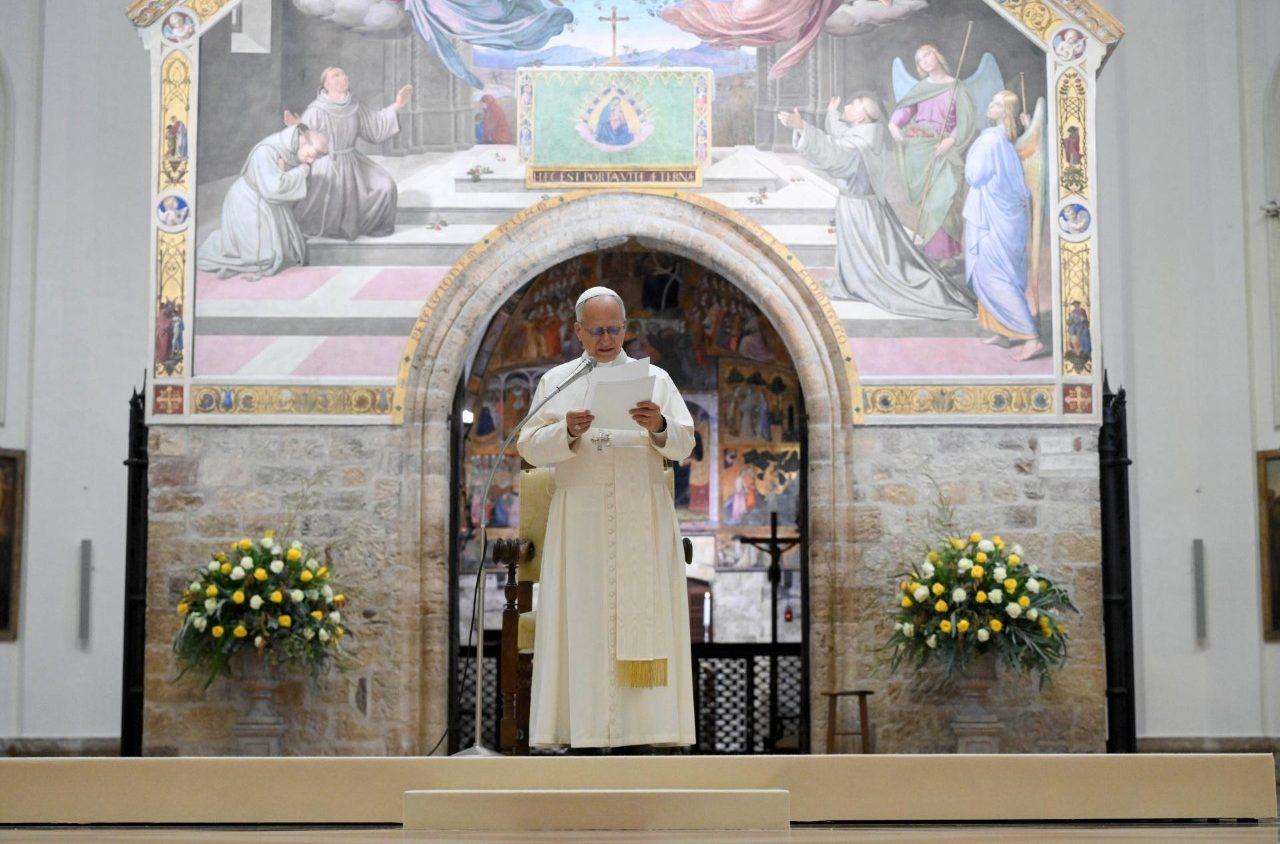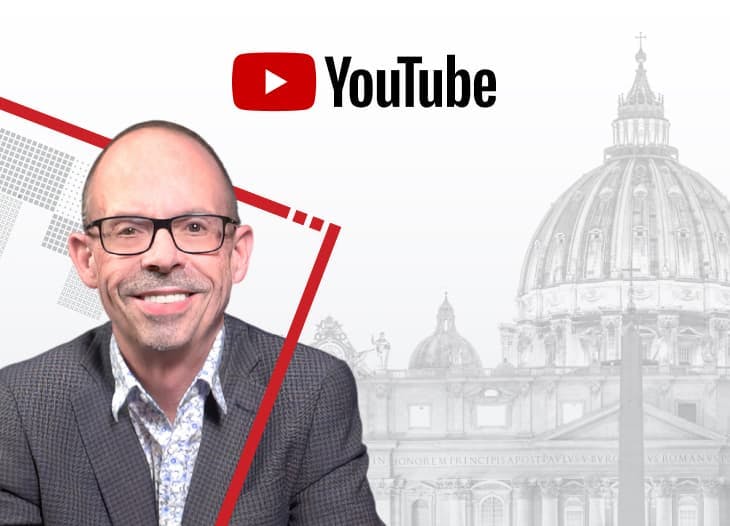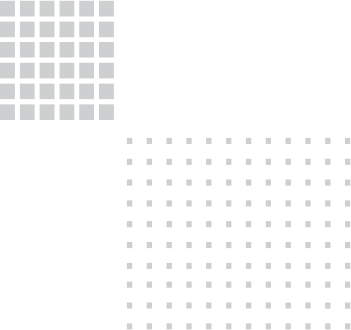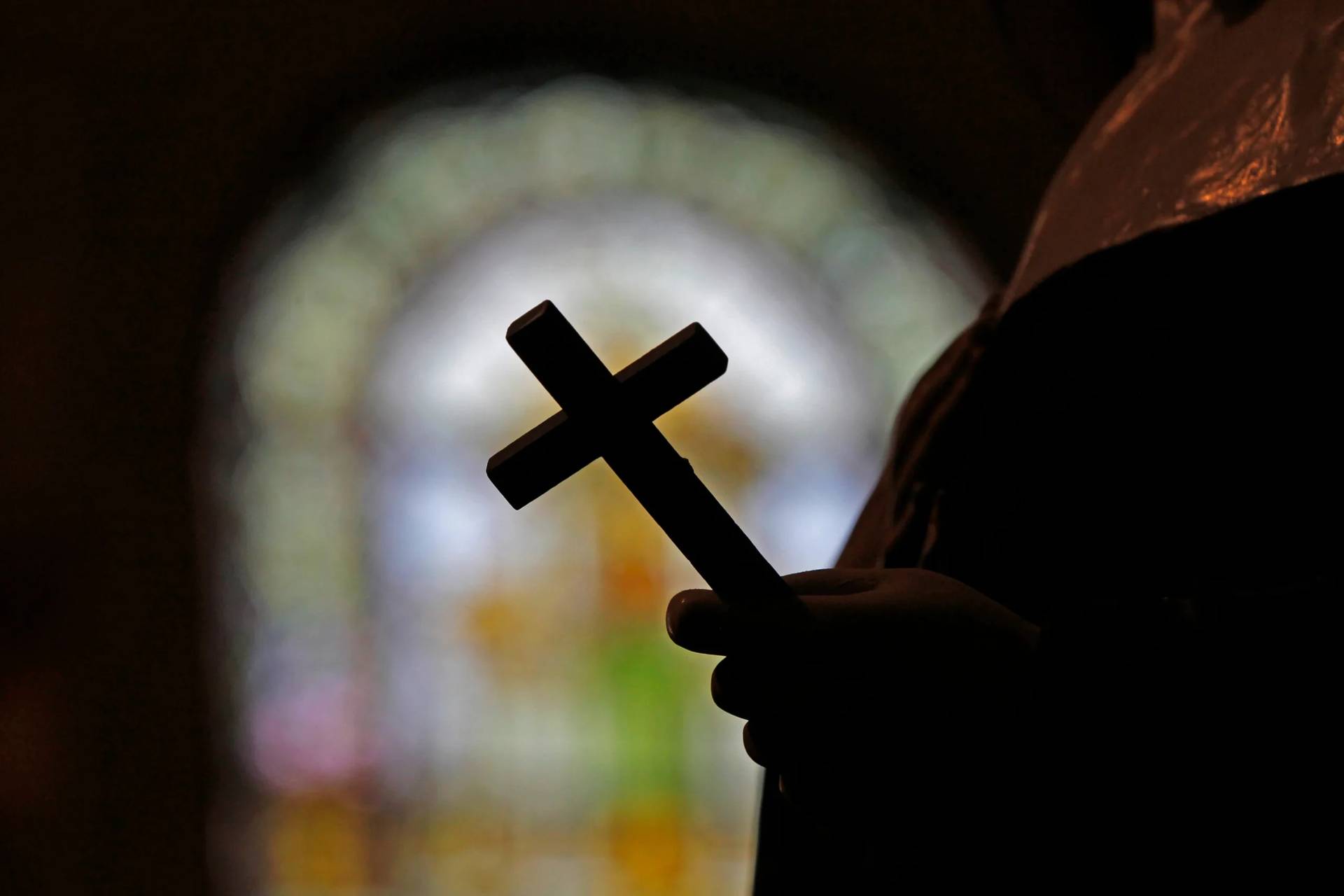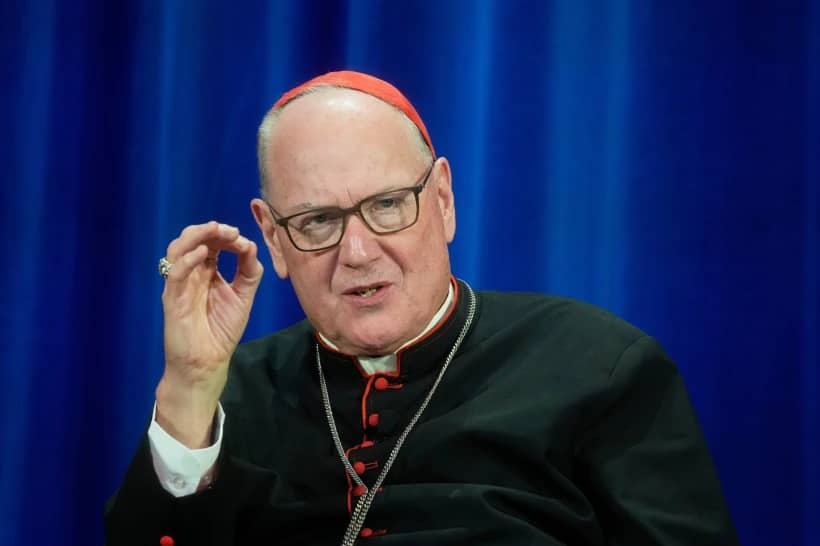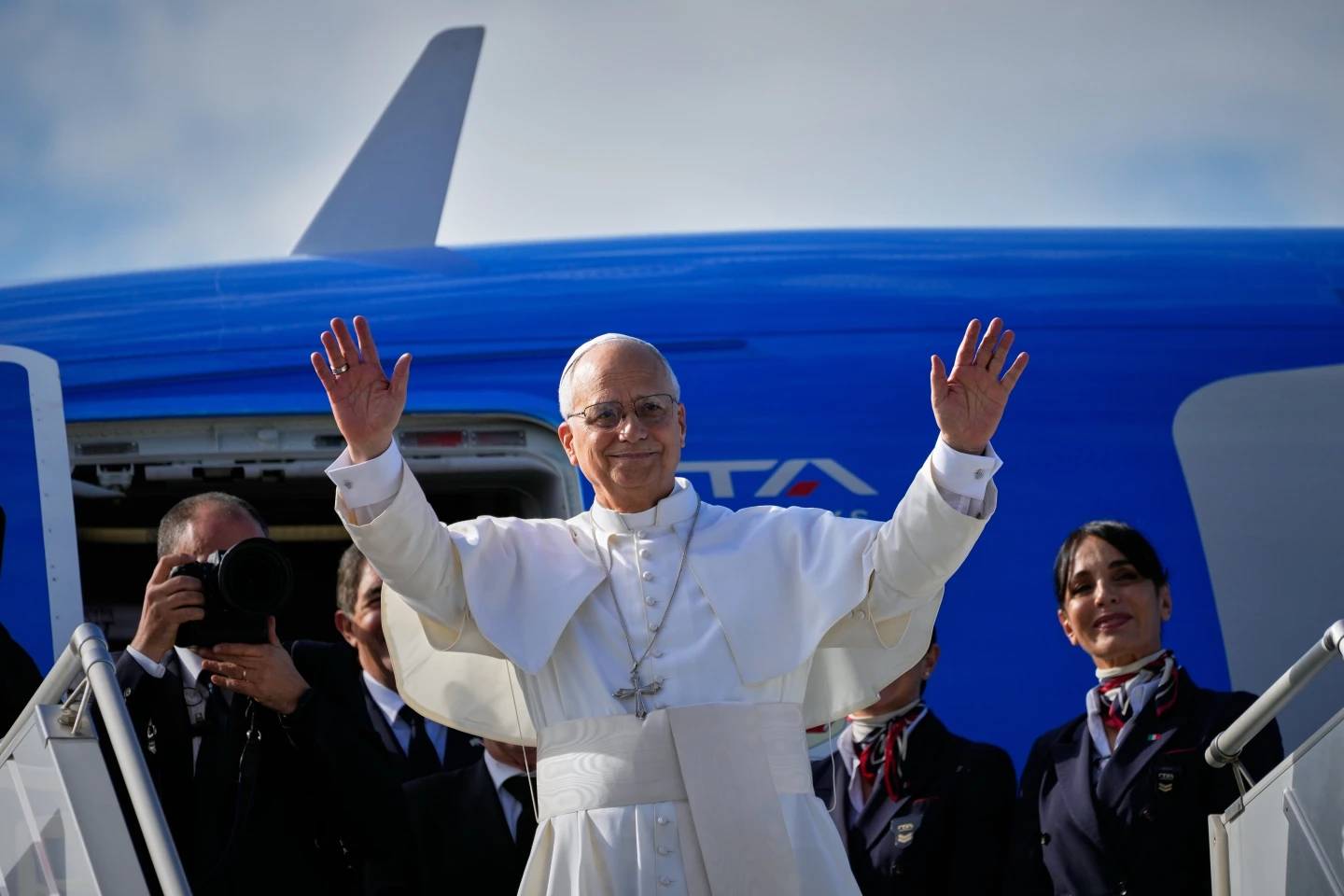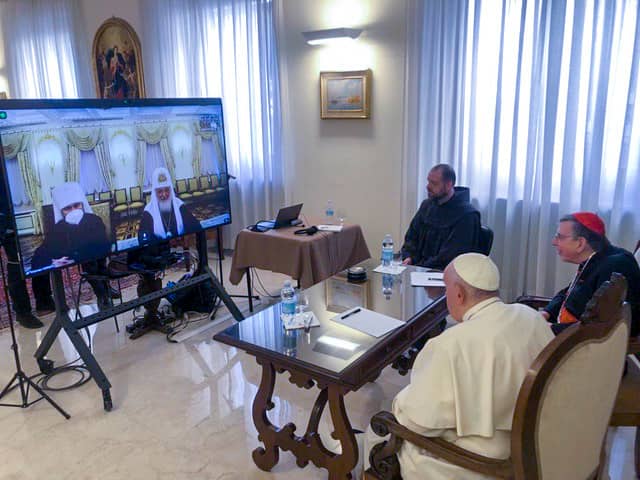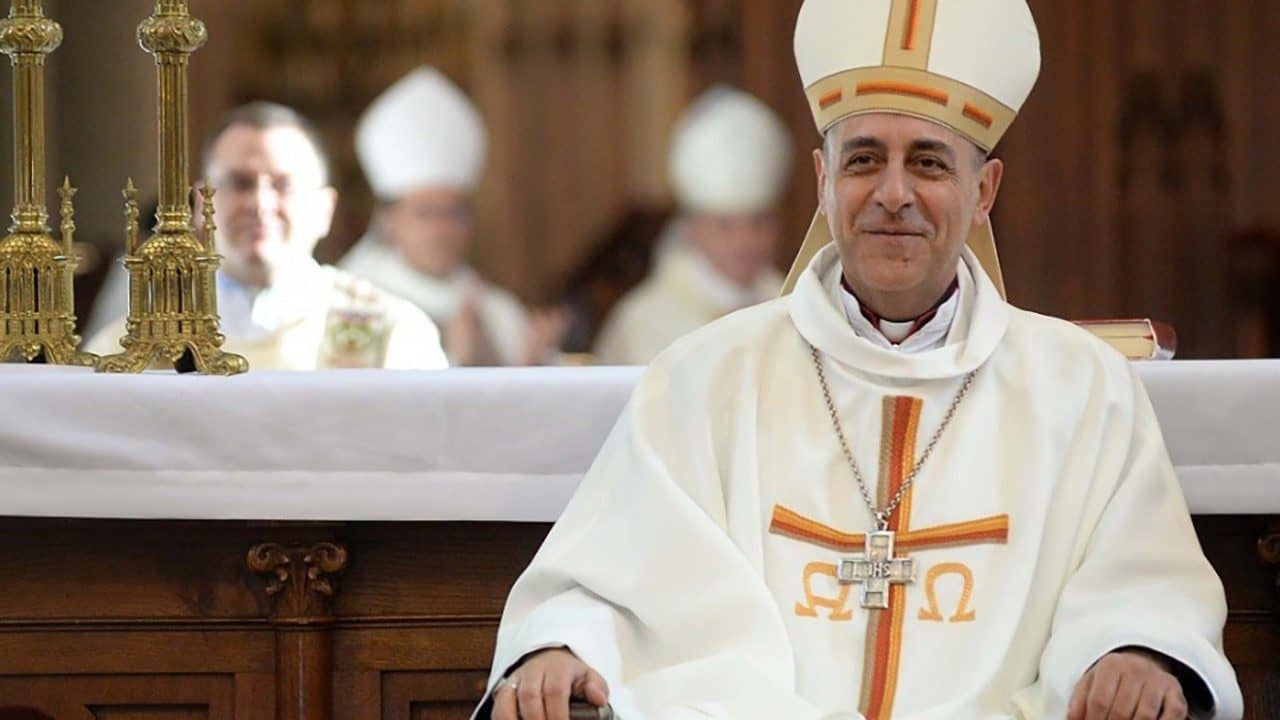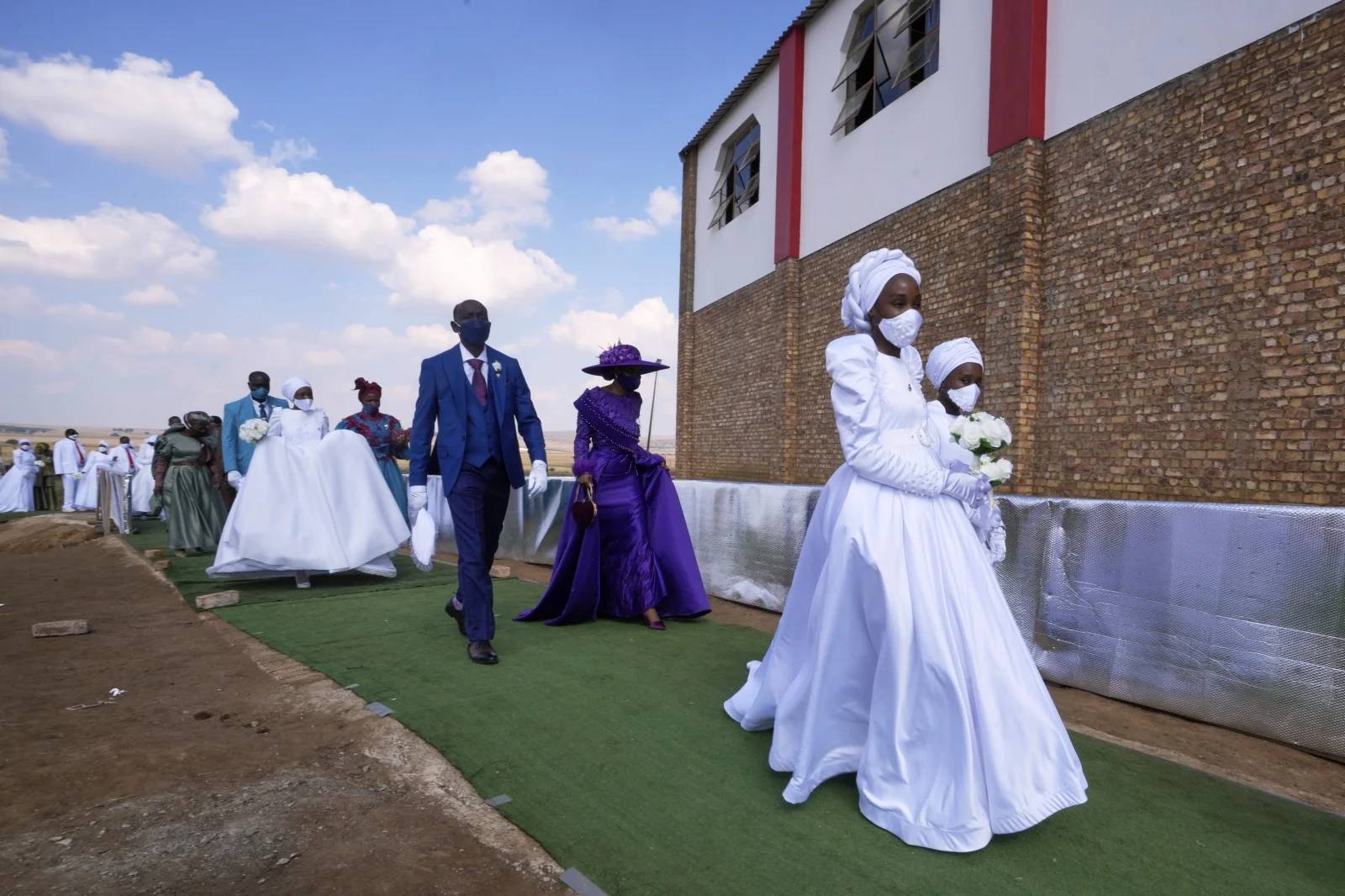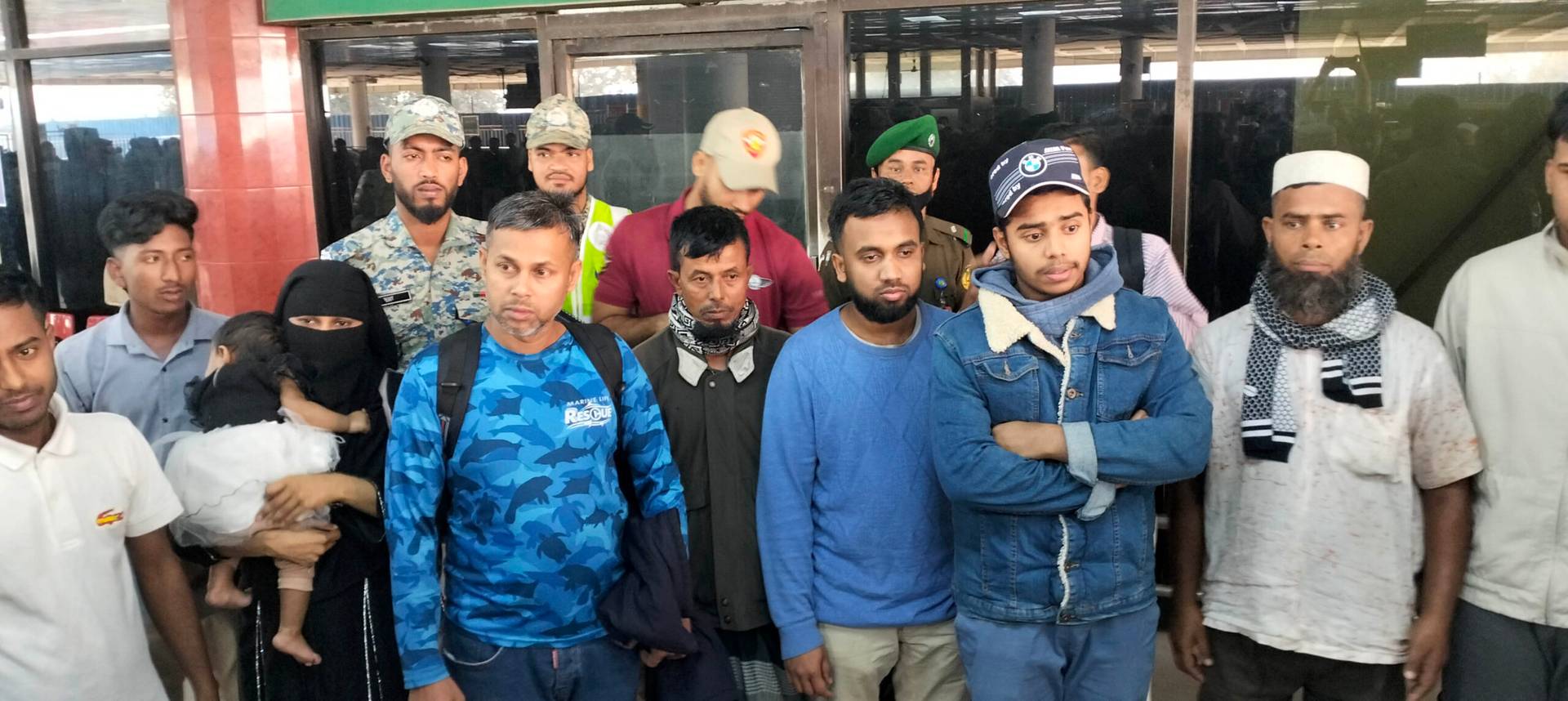Pope Leo XIV’s visit to the Basilica of Saint Mary of the Angels in Assisi on Thursday was not expected to result in big news, but it did present some interesting titbits of what we can expect from the new leader of the Catholic Church.
First, there was a little housekeeping note Leo gave about the appointment – well, mostly the retirement – of bishops.
“It is good to respect the rule of 75 years for the conclusion of the service of Ordinaries in dioceses and, only in the case of Cardinals, may a continuation of ministry be considered, possibly for another two years,” said the pontiff.
This rule was established by Pope Paul VI in 1966; four years later, Pope Paul made it a rule that cardinals couldn’t vote for the next pope after they turned 80.
But the rule wasn’t really for “the conclusion of the service” – it was for the “submission of their resignation,” which popes would very frequently not accept if the bishop was in good health and wanted to keep going. Cardinals were often left in their office until the age of 80, since many archdioceses usually had “cardinal archbishops,” and popes didn’t want to have two voting cardinals in one archdiocese.
An observer would not even have to be terribly cynical to think Leo might be getting ready to clean house, especially by removing cardinals 77 and over from their offices.
He also called for better coordination between the Dicastery for Bishops and the Apostolic Nunciature on the appointment of bishops – something that has always caused some tension.
This is because the Apostolic Nunciature is under the rule of the Secretariat of State, and offices at the Vatican can sometimes try to exert their superiority when there are divided roles.
However, Pope Leo headed the Dicastery for Bishops when he was elected, so his views on “the purposes of shared responsibility” are not to be taken lightly.
He also told the Italian bishops they “must be able to promote greater participation of people in the consultation for the appointment of new bishops, in addition to listening to the Ordinaries in charge of the local Churches and those who are preparing to end their service.”
The pope also said the Church “embodies the Gospel and is a sign of the Kingdom of God: Proclaiming the Message of salvation, building peace, promoting human dignity, cultivating a culture of dialogue, and fostering a Christian anthropological vision.”
In this way, he also further explained his vision of “synodality” – the movement started by Pope Francis, but still involved in meeting sessions expected to last a few more years.
“First of all, let us not forget that synodality implies ‘the walking together of Christians with Christ and towards God’s Kingdom, in union with all humanity.’ From the Lord we receive the grace of communion which inspires and shapes our human and ecclesial relationships,” Leo said.
In fact, the pope opened his address by reminding the bishops that what “we too are called upon to do is to look at Jesus.”
“The reason for our being here, in fact, is faith in Him, crucified and risen,” Leo said, recalling as well how – in another speech to the Italian bishops gathered in the Vatican in June of this year – he had noted “a need, more than ever before, for ‘placing Jesus Christ at the centre and, following the path indicated by Evangelii gaudium, helping people to live out a personal relationship with Him, to discover the joy of the Gospel’.”
“In a time of great fragmentation,” Leo continued (still quoting directly his June address to Italy’s bishops), “it is necessary to return to the foundation of our faith, to the kerygma’,” the core of the Gospel: Christ crucified, died, and risen from the dead.
“And this applies first of all to us: To start afresh from the act of faith that makes us recognize Christ as the Savior and which is expressed in all areas of daily life,” Leo said.
“Walking together, walking with everyone, also means being a Church that lives among the people, welcomes their questions, soothes their sufferings and shares their hopes,” the pope later said.
Speaking in the basilica which houses the tomb of Saint Francis, he said it was where the saint and first friars fully lived a “synodal style.”
“Together, in fact, they shared the different stages of their journey; together they went to Pope Innocent III; together, year after year, they perfected and enriched the initial text that had been presented to the Pontiff, composed, according to Thomas of Celano, ‘mainly of expressions from the Gospel,’ until it became what we know today as the first [Franciscan] Rule,” Leo said.
Following a theme he launched at the beginning of his pontificate, Pope Leo also said the “challenge posed to us by the digital universe must not be forgotten.”
“Pastoral care cannot limit itself to ‘using’ the media, but must educate and [inhabit] the digital world in a human way, without losing sight of the truth behind the multiplication of connections, so that the internet can truly be a space of freedom, responsibility and fraternity,” he said.
Ever since his election, people have been wondering when we will see the “real” Pope Leo, after the long rule of Pope Francis.
Many assumed the launching pad would be the extraordinary consistory of cardinals in early January. But he is starting to show himself – at least partially – before next year begins.
Follow Charles Collins on X: @CharlesinRome
